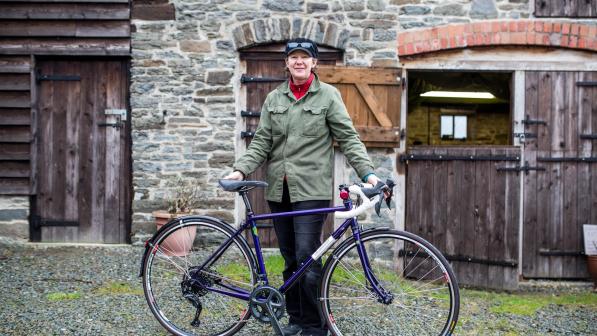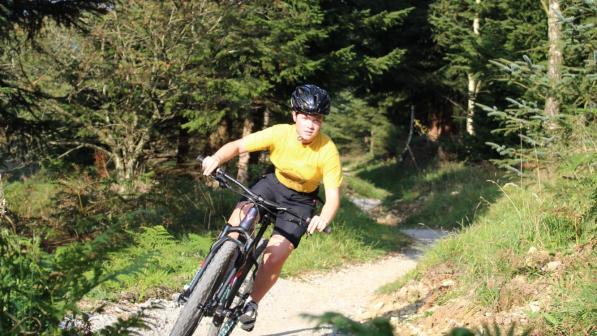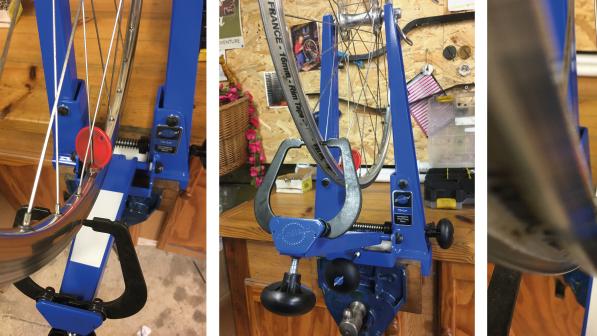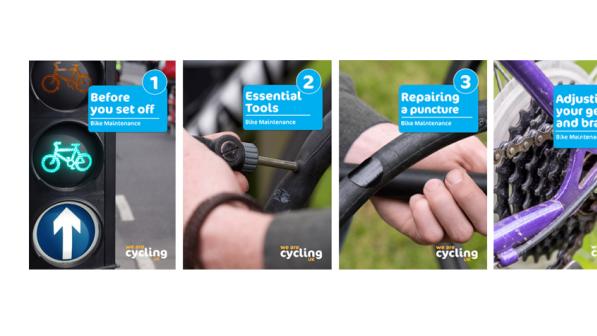Group test: Choose the best foldable workstands

Almost any level of cycle maintenance is made easier if the machine is held in a workstand rather than leant against a convenient wall or, in the worst case scenario, turned upside down.
Each of the four stands tested uses one of two proven methods to hold the cycle: a substantial two-jaw clamp, which closes over one of the cycle’s various tubes; or a clamp for the fork ends, combined with a support cradle under the bottom bracket shell with strap to hold the frame down.
The former is best used to grip the bike’s seatpost to avoid the possibility of denting or cracking a thin-wall tube through use of excessive force. The support cradle or cup requires a strong hold-down if it is to provide a secure grip on the frame when exerting force on a component. Without one, the stand’s resistance is applied at the fork or rear stay ends.
Topeak Prepstand X £229.99

The Prepstand X is versatile and adaptable but lacks rigidity. The bracket joining the top strut to the main column is a loose fit and can rock slightly, while the rubber bottom bracket support allows the frame to move even when the plastic holding strap is pulled taut.
On the upside, the cycle can be orientated 90º either side of horizontal and spun through 180º or more for easy access. A dummy rear hub with chain keeper helps with bike washing.
Weight: 4.9kg. Max load: 18kg.
Verdict: highly adjustable but somewhat wobbly
Minoura RS5000 £239.99

Minoura’s single-lever clamp head is a benchmark performer, offering one-handed operation whether grasping a tube up to 65mm in diameter or rotating the cycle through 360º. Micro-adjustable using the knob on the threaded lever rod, the soft-surfaced clamp is exceptionally forceful.
Set up is a breeze, the two legs easily extending to provide an ‘A’-shaped tripod arrangement in which the base of the main column is the third foot.
Weight: 5kg. Max load: 30kg.
Verdict: stable and well-balanced, with an excellent clamp
Tacx CycleMotion Stand £114.99

Four feet on a trestle-style frame with fold-out legs make the Tacx stand the most stable and rigid of those on test. A hard plastic cradle holds the underside of the bottom bracket shell and relies on a weedy strap for security. This is ineffective and the cycle is prone to rock around on the cradle. A stronger strap or clamp gripping the frame would make this best in class.
It comes with a tool tray and wheel skewers.
Weight: 8kg. Max load: 20kg.
Verdict: sturdy and stable base but needs a stronger hold on the frame
Feedback Sports Pro Ultralight £168.99

Feedback’s stand is the lightest here. Its clamp grips tubes up to 48mm diameter and is the equal of Minoura’s design: it’s quick and secure, rotates through 360º, and is held in place by a pleasing-to-use Unique Torque Amplifying Clutch.
The long clamp neck, which drops down for storage, adds to leverage on the relatively spindly main column tubes; there’s some sway in the structure even with an 8kg bike.
Weight: 4.8kg. Max load: 38.6kg.
Verdict: decent clamp and lots of adjustability but flexy
Overall verdict
In terms of holding a cycle firmly, the Minoura is the pick of this bunch. The RS5000 is also highly adjustable, as is the Feedback stand. Work height is restricted by the fact that both are best used to grip the seatpost.
The Tacx and Topeak designs grip the cycle near the bottom bracket instead. This should help when applying the considerable tool force often needed in this area, although neither has a firm enough hold on the frame to take full advantage.
The Tacx could be improved in this respect, and with a stronger grip would be the best on test.



